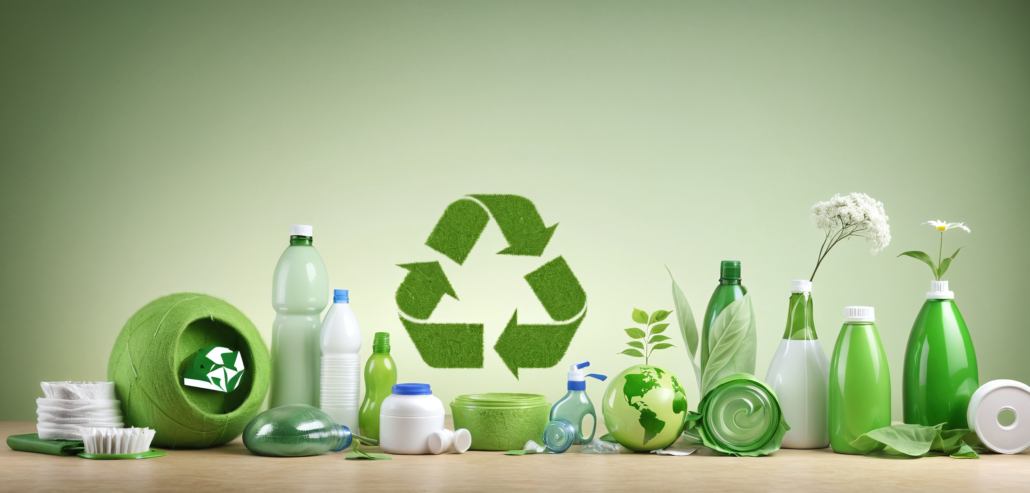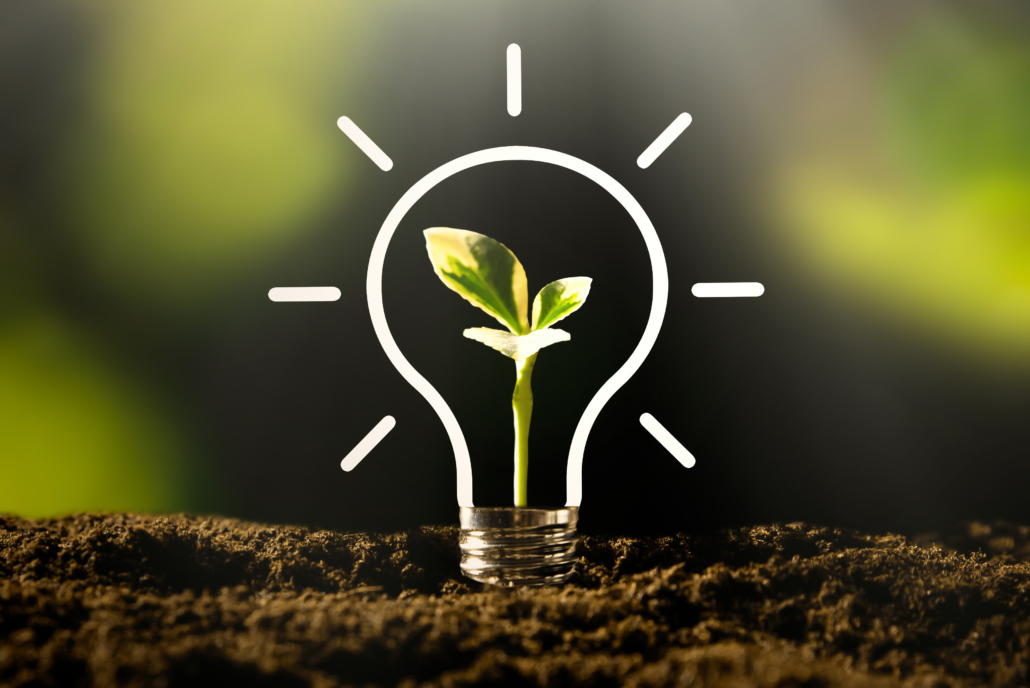In a recent interview, we spoke with Thierry Bernet, former Vice-President of Circular Economy & Innovation at Berry Global. Bernet offers insight into the challenges and opportunities associated with integrating principles of the Circular Economy into the plastic packaging industry.
1. What generally motivates industrial companies to launch circular initiatives?
The conversation often starts with explicit requests from customers. In the packaging field, there’s discussion surrounding ambitious objectives regarding the recyclability of packaging, the rate of recycled materials, products and the reduction of greenhouse gas emissions, etc.
These demands must quickly lead to a profound change in a company’s historical practices. Making these changes involves long-term thinking by promoting and anchoring positive practices, as the issue affects all internal players as well as the value chain.
Accordingly, we must input indicators to monitor action plans and raise awareness, as well as train and deploy a system of internal relays to reach and animate multiple stakeholders (employees, suppliers etc.) as quickly as possible. The objective? To integrate the challenges of the Circular Economy into our operational activities and objectives.
Systematically, we apply five key principles:
- Reduce what we need;
- Reduce what we consume;
- Reuse resources;
- Recycle what cannot be refused, reduced or reused;
- Regenerate natural resources.
This involves carrying out Life Cycle Assessments systematically—especially from the design stage of products. These assessments lead to products that are truly recyclable, significantly lighter, and ensure the full integration of recycled materials.

2. Are there any difficulties associated with adopting the necessary changes?
The first difficulty relates to the sector’s performance indicators: tons of material is sold—which is incompatible with the principles of the Circular Economy, whose aim to reduce our reliance on new materials.
Scaling up the Circular Economy effectively means changing the way we apply value creation. This journey towards a Circular Economy is therefore not just a question of technical innovation, goodwill on the part of managers, or product design. It is also, above all, a profound cultural change in the way the entire industry views the value creation model.
To date, it is clear that the historical model still largely prevails. Alternatives that aim to move towards remuneration models based on the rate of use of the material (an economy of functionality, consignment, reverse logistics & reuse, etc.) are marginal. In the absence of binding regulations, the sector is struggling to transform itself—even if awareness is increasing.
3. How can the environmental impact of packaging be assessed?
More and more companies in the sector are setting targets for reducing GHG emissions, even if only in a very general way. However, without precise knowledge of their emissions and what causes them, this action is pointless. This first stage generally causes significant difficulties, right from the start as we try to collect data on GHG emissions from raw material suppliers.
These difficulties increase with the size of the company concerned, and especially its geographical dispersion—not to mention the limited resources that companies allocate for these projects.
Despite these challenges, I think two tools are essential:
- A life cycle assessment tool to calculate, among other parameters, the reduction of greenhouse gas emissions of a product;
- A tool to assess the recyclability of packaging.
Combined, these tools make it possible to evaluate existing product ranges, as well as those under development.

4. Aren’t supplier relationships largely affected by this new model?
From the outset, we must overcome several challenges related to accessing supplier information. This implies reevaluating the nature of these relationships and involving two key functions in this transition: Purchasing and Marketing.
Today, purchasing decisions are often influenced by price criteria, which makes it difficult to integrate sustainability criteria. This is why it is essential to involve the Purchasing department in discussions about the new model.
To do this, it is essential that Marketing influences Research and Development (R&D) choices. In order to impact the appeal of the products in the catalog, there must be close collaboration between Marketing and R&D. It is therefore crucial that Marketing teams (strategic, promotional, and product) participate in the decision-making process in order to integrate environmental concerns from the product design stage. This transition may require adjustments, particularly in packaging decoration techniques.
5. Internally, how can circular initiatives affect an organization?
The Circular Economy is inherently cross-disciplinary, with many key areas affected by the transition to circular practices. The Research and Development (R&D) department is at the center of this transformation, as it must find solutions to design more environmentally friendly packaging. The procurement and sales teams are also essential to convince and support the ecosystem of suppliers and customers in the adoption of Circular Economy practices.
The decision-making model is also strongly impacted. The model must infuse throughout the decision-making chain, for all decision-makers. In order to do this, we must change how we approach decision-making models and even the remuneration of managerial teams. Some companies have already moved in this direction, integrating environmental criteria into their remuneration system for managerial teams. Nevertheless, a significant effort must still be maintained so that these practices are disseminated widely.

6. What other avenues can be explored to continue along the path towards greater circularity?
We could make a list! There are so many interesting initiatives for integrating Circular Economy principles into our professional activities, such as packaging and services rentals related to the product life cycle, such as maintenance. I think it is important to experiment, even if it can be frustrating when successful trials are sometimes not widely applicable. Nevertheless, these initiatives, even in isolation, can bring positive results by motivating and creating a unified group dynamic.
In the long term, however, they are not enough to meet today’s challenges. It’s essential to adopt a more holistic approach by evaluating all products over their entire life cycle in order to reduce the overall environmental impact of the industry’s activities.
7. Any last reflections on the transition to sustainability and the circular economy?
Integrating all these changes as soon as possible is key. These initiatives require significant investment over a long period of time.
The reluctance to start large-scale projects has a lot to do with the fact that the Circular Economy is still perceived as a fringe specialty— a related subject, rather than a strategic priority cutting across the entire decision-making chain. This perception must change. As long as these practices remain on the margins of “business as usual,” it won’t be possible to move at the speed required to meet our current environmental challenges.
The fight against Climate Change requires large-scale transformation, including a change in mindset and action on all levels of society. Despite current progress towards adopting Circular Economic models, there is still a long way to go!

Thierry BERNET
Former Vice-President of Circular Economy & Innovation at Berry Global










